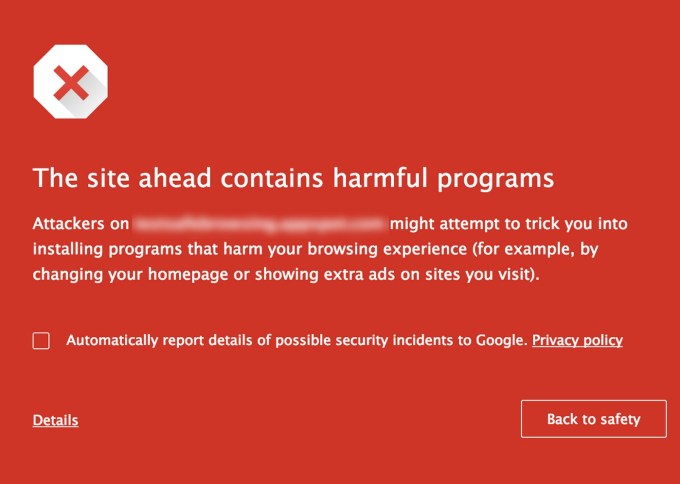
TwitSpark announced today that it has raised a $4.5 million Series A round of funding, and changed its name to Sparkcentral. The company’s vision is the integration of social customer service into the mass-scale call centers that large corporations staff with phones, people who answer phones, and angry calls.
Sparkcentral’s focus on enterprise-level clients sets it slightly apart from companies, such as Sprout Social, which cater to outfits that want to publish material, and handle complaints. Sparkcentral wants to focus more narrowly on the customer service needs of large firms.
The company is originally from Belgium, but is now ensconced in the Bay Area. Its new $4.5 million round was led by Sigma West’s Bob Spinner, who put in around $3.5 million. The rest was fill-in from prior angels and other investors. Including its seed round, Sparkcentral has now raised $5.625 million.
Sparkcentral — then TwitSpark — launched its product in September of 2012. In its first year, the company signed up 35 customers, who pay a minimum of around $10,000 per year. Selling to large companies involves long sales cycles, Sparkcentral CEO and founder Davy Kestens tells TechCrunch, noting that they have closed a deal in as little as six weeks, but that the average contract takes longer to settle.
The company has rapidly ramped up its team size since closing its Series A lead investor roughly six weeks ago, growing from six to 16 people in the time period. With its fresh money, Sparkcentral does intend to expand its sales staff slightly (past its recent hiring, of course), but has more of the funds earmarked for marketing efforts and feature expansion.
Sparkcentral wants more customers like Delta, who have large staffs monitoring social channels. Any brand of sufficient size has to play both offense and defense online, monitoring and managing complaints, as well as reaching out to current and potential customers. Sparkcentral wants to answer the first part.
The question the company must answer is simple: Can it grow its customer base quickly enough, and protect its margins while doing so, by providing a social customer service option to large companies. Or, put another way, is there enough market demand for its tailored solution; do companies that have large call centers – the larger the company, the more conservative it is, usually, and always technologically – have the appetite to bake social into their normal customer service operations at scale.
If not, Sparkcentral’s core premise is off, and its cost structure won’t work. That it is has accrued 35 customers in a year can be viewed as initial market validation, but it will be the acceleration of that number that is far more interesting over the next 24 months, after which the company will presumably be hunting for new capital.
Regarding its product, the company expects to have its API completed by the end of the year.
The ROI of social media has always been somewhat dicey to calculate. In the case of Sparkcentral, either it lowers the call volume that companies deal with, or it doesn’t.
Top Image Credit: Geoff Stearns




 Earlier this week, Google announced that it has expanded its Safe Browsing service, which prevents users from going to known malware sites. Chrome, for example, now shows you a warning before you visit a site that harbors known malware (instead of just popping up a warning when you are about to download it). Similarly, Google Search will now pop up a warning when you’re about to go to…
Earlier this week, Google announced that it has expanded its Safe Browsing service, which prevents users from going to known malware sites. Chrome, for example, now shows you a warning before you visit a site that harbors known malware (instead of just popping up a warning when you are about to download it). Similarly, Google Search will now pop up a warning when you’re about to go to…